When it comes to securing outdoor equipment, tarpaulins, or covers, webbing and grommets offer an incredibly effective solution. These components provide secure tie-downs and anchoring solutions that can withstand tough weather conditions, rugged outdoor environments, and demanding applications. In this blog, we’ll take an in-depth look at how to use webbing and grommets, their benefits, and how you can maximize their potential for a wide range of uses.
What are Webbing and Grommets?
Webbing is a strong, woven material made from various fibers like polyester, nylon, or polypropylene. It’s frequently used for tie-downs and anchoring because of its durability, strength, and flexibility. Webbing is available in various widths and lengths, which allows it to be customized for specific needs.
Whereas grommets are metal-reinforced eyelets commonly found on tarps, boat covers, and curtains etc. By threading ropes, cords, or webbing straps through these grommets, you can achieve a tight, reliable tie-down. Grommets prevent tears and maintain a strong hold even under strain.
Why Webbing and Grommets are Essential for Tie-Downs and Anchoring
Enhanced Stability: The combination of strong webbing with reinforced grommets offers stability for tie-downs. This setup is particularly beneficial when working with a heavy-duty tarpaulin, as it provides the strength needed to withstand heavy loads and resist wear in challenging environments.
Weather Resistance: Quality webbing and metal grommets can withstand challenging weather. These protect your belongings from wind, rain, and snow. Polyester webbing is particularly good for resisting UV and water damage and so, is ideal for use in outdoor covers.
High Durability: Both webbing and grommets are designed to endure repeated use. With a high tear resistance, these materials can handle the pressure of holding down large, heavy objects over long periods.
Types of Webbing and Grommets
Webbing Types
- Polyester Webbing: Known for its strength and UV resistance, making it ideal for outdoor use.
- Nylon Webbing: Offers a good balance of flexibility and strength, suitable for tie-downs that may require slight stretching.
- Polypropylene Webbing: Lightweight and resistant to water and mildew, perfect for environments with moisture exposure.
Grommet Types
- Metal Grommets: Usually made from brass or stainless steel, these grommets are highly durable and resist corrosion.
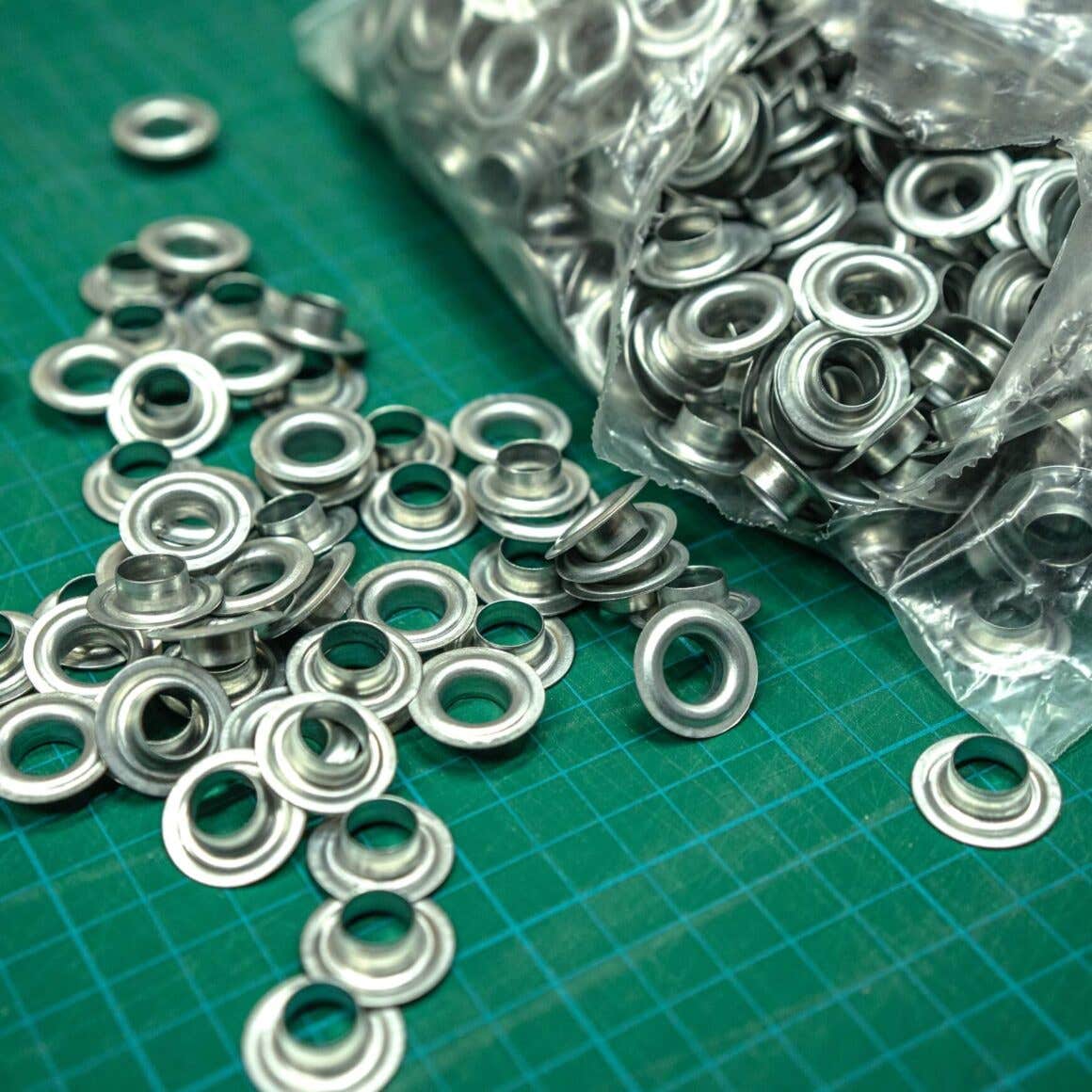
- Plastic Grommets: Lightweight and less expensive, best for lighter applications or where weather conditions are mild.
Using Webbing and Grommets for Secure Tie-Downs
Step 1: Select Your Materials
Choose the type of webbing and grommets for tie-down applications based on your specific needs. For outdoor, heavy-duty applications, polyester webbing paired with metal grommets is ideal due to its UV resistance and durability. Using webbing straps for secure fastening gives an additional layer of confidence, especially in high-stress applications where durability and a solid hold are essential.
Step 2: Measure and Cut the Webbing
Carefully measure the distance between your anchor points to determine the length of webbing needed. Ensure you add extra length to allow for tying secure knots or making adjustments as needed for a snug fit. Once you’ve measured, cut the webbing to size, making sure the ends are clean to prevent fraying.
For large or heavy items, using heavy-duty webbing for tie-downs will provide the necessary strength and durability for a secure hold.
Step 3: Install Grommets on Your Cover Material
If using a tarp or a cover, mark where you want each grommet to go, typically at regular intervals along the edges or corners for balanced support. Punch holes in the tarp at these points. Ensuring they’re large enough to fit the grommets securely without excessive material around them.
Next, use a grommet kit to attach and fasten each grommet tightly to prevent fraying or tearing of the tarp under tension. Once the grommets are in place, you’ll have strong, reinforced anchor points, making it easier to understand how to hang a tarpaulin with grommets in a secure, weather-resistant setup.
Step 4: Thread the Webbing through Grommets and Anchor Points
Begin by threading the webbing through each grommet on the tarp or cover. Make sure it lies flat and doesn’t twist, which can weaken the hold. Guide the webbing around each anchor point, pulling it taut to create a firm and reliable connection. This process of anchoring with grommets and webbing reinforces stability.
For additional security, inspect each section to ensure that all points are tight and stable, guaranteeing secure tie-downs with webbing that won’t shift or come undone under pressure or in harsh conditions.
Step 5: Secure the Tie-Downs with Knots or Buckles
Use appropriate knots, like the bowline or trucker’s hitch, or use buckle clips for added security. Make sure each tie-down point is snug and won’t slip under tension.
Tips for Maximum Security with Webbing and Grommets
- Use Reinforced Corners: When installing grommets on tarps or custom covers, reinforce the corners with extra layers of fabric or webbing for added strength. Reinforced corners are especially useful in heavy-duty applications, as they provide additional stability and extend the cover’s lifespan.
- Double-Check Tension Regularly: Over time, environmental factors can cause webbing to loosen. Regularly inspect and retighten if necessary. By double-checking the tension periodically, you can prevent slacking, reduce wear on both the webbing and grommets.
- Protect Against Friction: Friction from rough surfaces or sharp edges can weaken the webbing fibers over time. It can potentially compromise the security of your tie-downs. Use protective sleeves or padding around high-contact areas to safeguard the webbing from damage.
Conclusion
Using webbing and grommets effectively can make a significant difference in the longevity and reliability of your tie-downs and anchor setups. These durable components provide the strength needed to keep covers securely anchored, even in harsh conditions. With the right materials, you can trust your setup to withstand the elements and provide lasting protection.
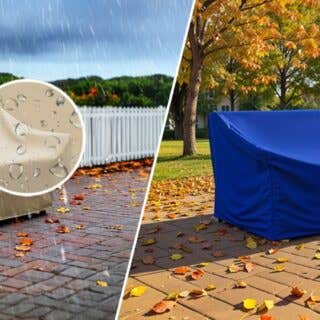





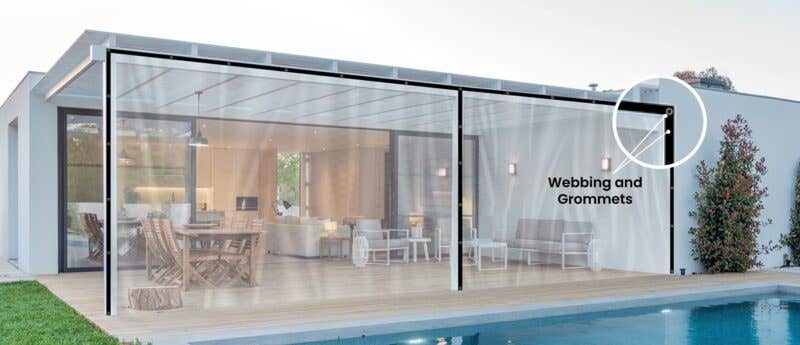
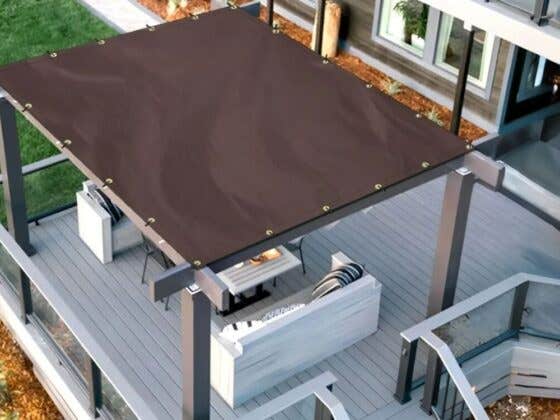

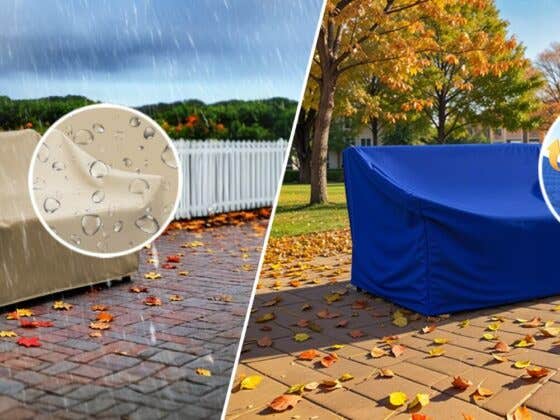

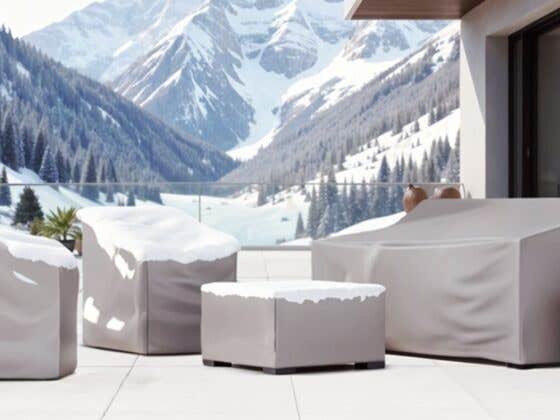
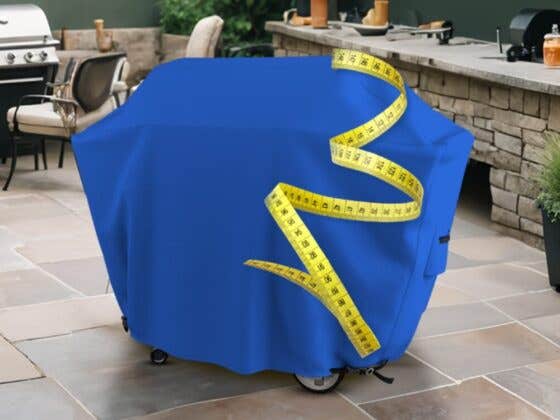
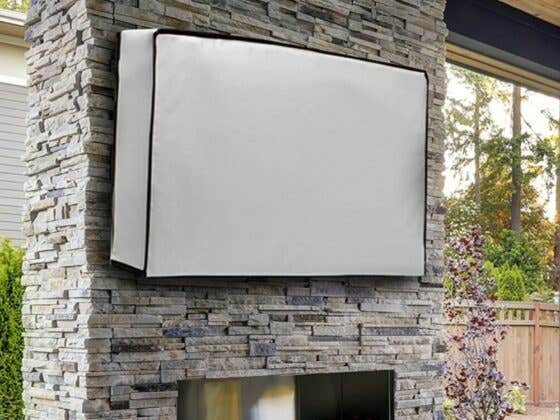
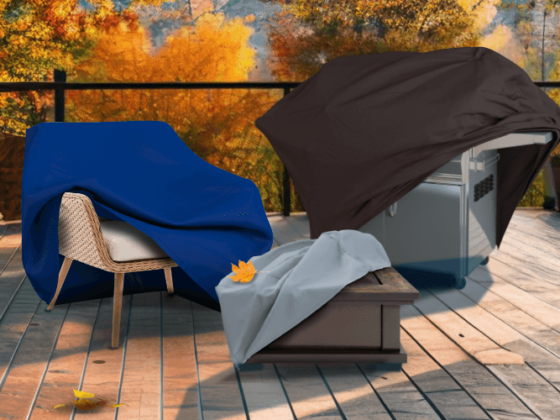
Recent Comments